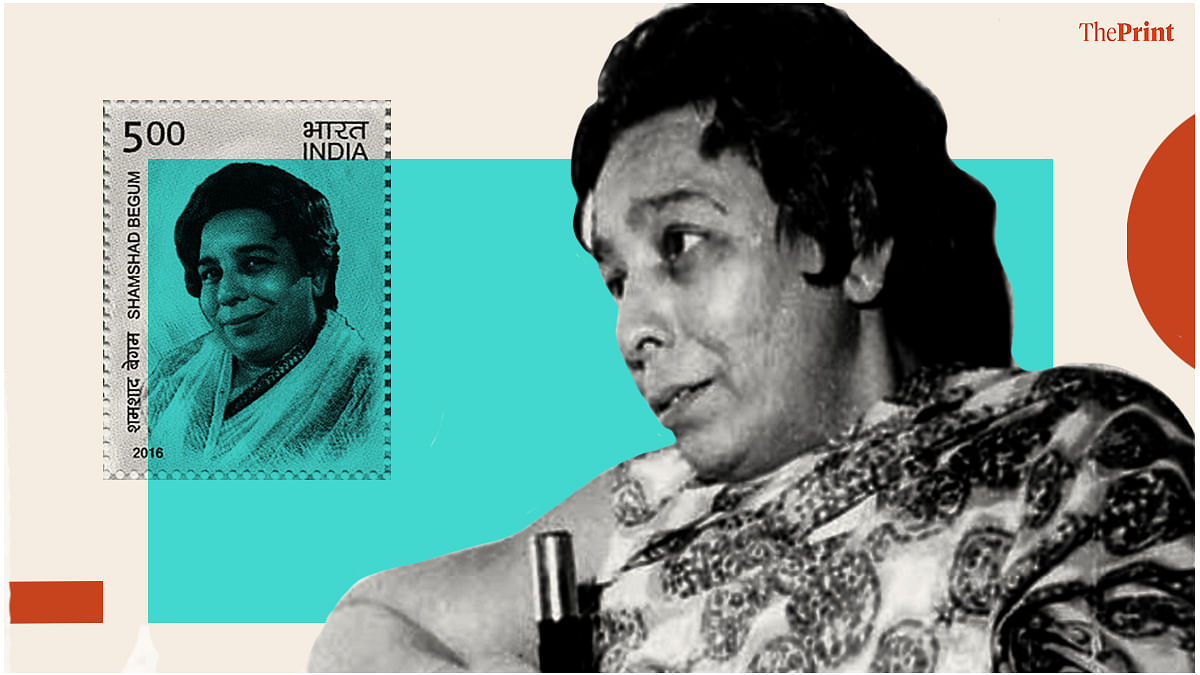

Besides having to act in her first films ( Pahili Mangalagaur, Chimukla Sansaar, Maajhe Baal, Gajabhau, Badi Maa, Jeevan Yatra, Subhadra and Mandir between 19) and even having her songs edited out, Lata was pulled up for her Marathi accent and poor diction of Hindi and Urdu. In 1947-48, Subodh Mukherjee of Filmistan Studio in Bombay, rejected her outright because she had a ‘squeaky thin’ voice. Kishore Kumar was extensively copied by Kumar Sanu, Amit Kumar, Sudesh Bhosle, Abhijit etc.įor Lata, with her ‘high-pitched’ and ‘thin’ voice it was even more difficult to gain foothold in an era when Suraiya, Shamshad Begum and Noor Jehan had established their fan following with distinct and thick, textured, husky voices. Similarly, Lata and Rafi became ideals for younger generation of singers who imitated their style and pitch, such as Anuradha Paudwal, Alka Yagnik, Sadhana Sargam, Mohammed Aziz, Shabbir Kumar, Sonu Nigam etc. For instance, Rafi, Mukesh, Surendra and several other singers initially imitated the legendary KL Saigal. While it is true that every era has its own role models whom others’ try to imitate, successful are those who develop their own signature styles.

To begin with, let us acknowledge that all singers have a distinct voice quality and style. The author argues that Lata’s voice was “sweet, smooth, shrill, adolescent, and safe”. The initial struggles of the ‘safe’ female voice Although a similar debate, about the politics of Lata’s voice and life, can be found in the 2004 EPW articles of Sanjay Srivastava and Ashwini Deshpande, we address the key points of Chatterjee’s article here. We believe that the article lacks a nuanced approach to the many genres of music in the sub-continent and to the complex lives of the Mangeshkar sisters in a highly patriarchal film industry.


That, the Lata-Asha era prevented a number of talented singers from gaining a foothold in Hindi cinema, among them Vani Jairam, Suman Kalyanpur, Usha Uthup, Runa Laila etc.Īs music lovers and academics interested in feminist and postcolonial histories of India/South Asia, we are troubled by the lack of context, the sweeping generalisations and the inherent sexism in the arguments presented. In both cases, the personal was very much part of their public persona and their singing styles, including the choice of songs.Ģ. That, the Lata-Asha era was dominated by three feminine tropes: “the sexually unaware infantile (grown) girl, the Hindu Wife/Mother Nation and the ‘bad’ girls - cabaret dancers, vamps, and tragic courtesans.” Lata invoked and endorsed the first two images of femininity in her songs while Asha and Geeta Dutt sang for the third category of female wickedness and sexual openness.


 0 kommentar(er)
0 kommentar(er)
